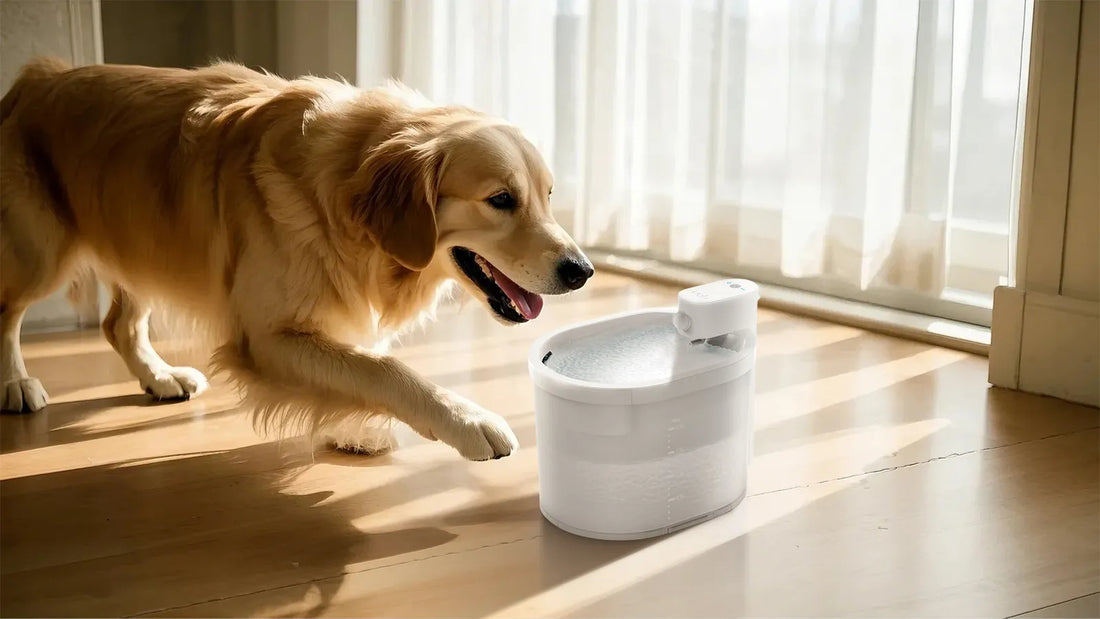If you've noticed your dog drinking more water than usual, it’s natural to feel concerned. While increased water intake can be a sign of something as simple as hot weather or increased activity, it can also indicate underlying health issues. Understanding the reasons behind this behavior is crucial for ensuring your furry friend’s well-being.
Common Reasons for Increased Water Consumption
Dogs, like humans, need water to survive. However, the amount they drink can vary based on several factors. Here are some common reasons why your dog might be drinking more water:
- Hot Weather: Just like humans, dogs tend to drink more water during warmer months to stay hydrated.
- Increased Activity: If your dog has been more active than usual, they may need more water to replenish lost fluids.
- Diet Changes: A diet high in salt or dry food can lead to increased thirst.
- Medications: Certain medications can cause your dog to feel thirstier than usual.
When Increased Thirst Signals a Health Problem
While some reasons for increased water consumption are harmless, others may indicate a more serious health issue. Here are some conditions that can cause your dog to drink more water:
- Diabetes: One of the most common signs of diabetes in dogs is increased thirst and urination.
- Kidney Disease: Dogs with kidney problems often drink more water as their kidneys struggle to filter waste.
- Cushing’s Disease: This condition, caused by an overproduction of cortisol, can lead to excessive thirst and urination.
- Urinary Tract Infections (UTIs): UTIs can cause your dog to drink more water as they try to flush out the infection.
How to Monitor Your Dog’s Water Intake
If you’re concerned about your dog’s water consumption, it’s important to monitor their intake. Here’s how you can do it:
- Measure the Water: Fill your dog’s water bowl with a specific amount of water and check how much is left at the end of the day.
- Track Changes: Keep a log of how much water your dog drinks daily to identify any sudden increases.
- Observe Behavior: Watch for other signs of illness, such as lethargy, changes in appetite, or frequent urination.
When to Consult a Veterinarian
If your dog’s increased water intake is accompanied by other symptoms or persists for more than a few days, it’s time to consult a veterinarian. Early detection of health issues can make a significant difference in your dog’s prognosis. Your vet may recommend blood tests, urine tests, or other diagnostic procedures to determine the underlying cause.
Remember, your dog’s health is in your hands. By paying attention to their water intake and behavior, you can ensure they stay happy and healthy for years to come. Don’t ignore the signs—your furry friend is counting on you to keep them safe and sound.













